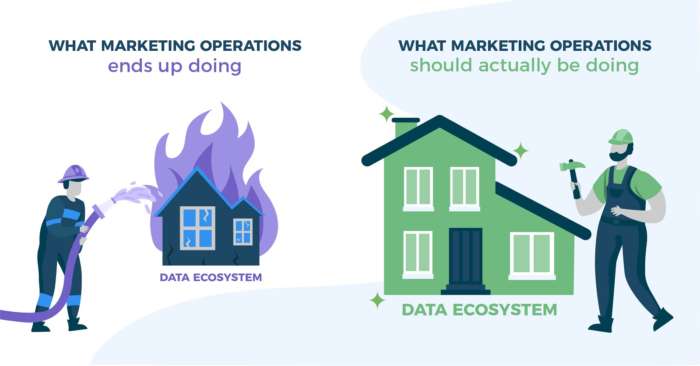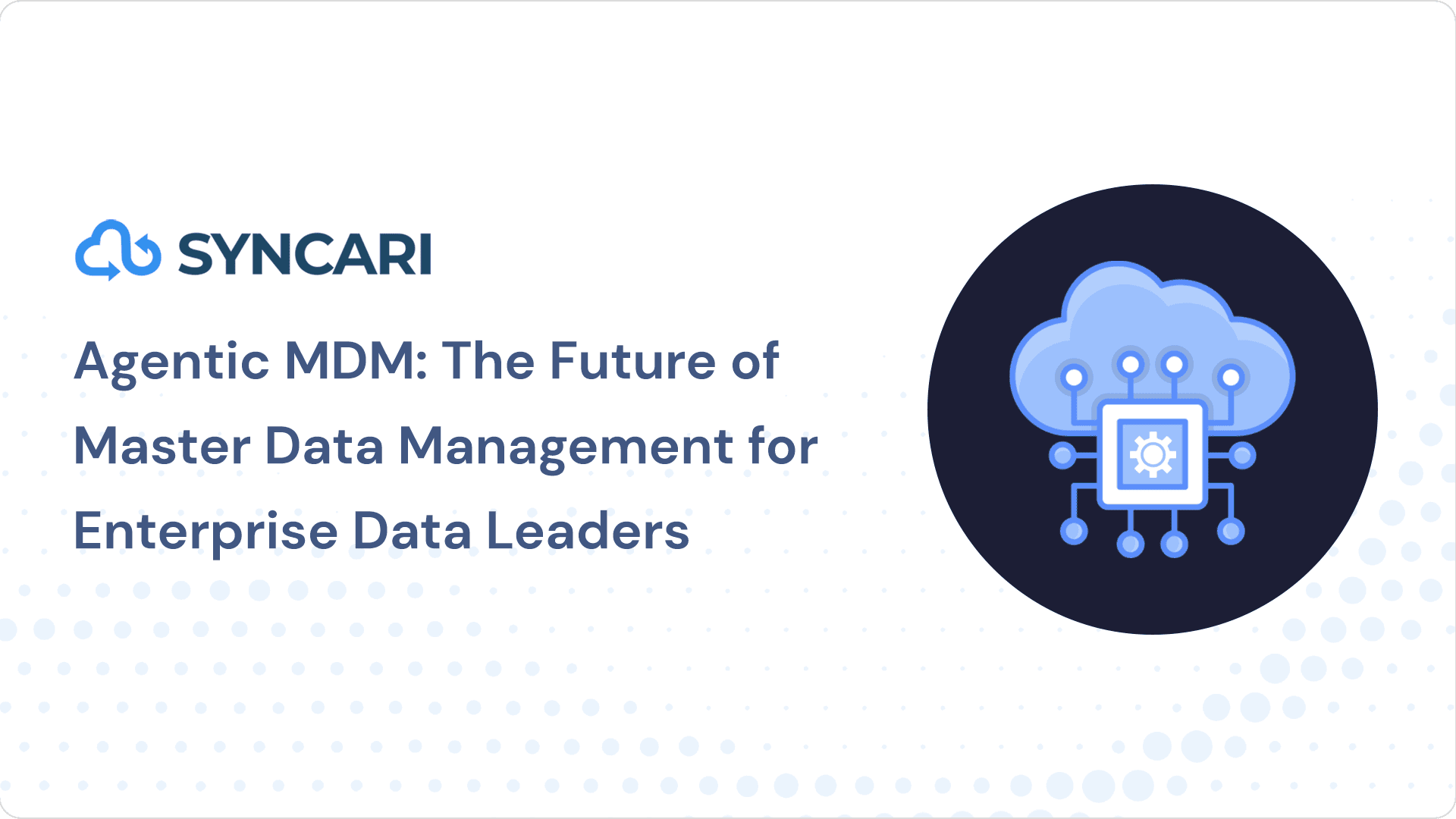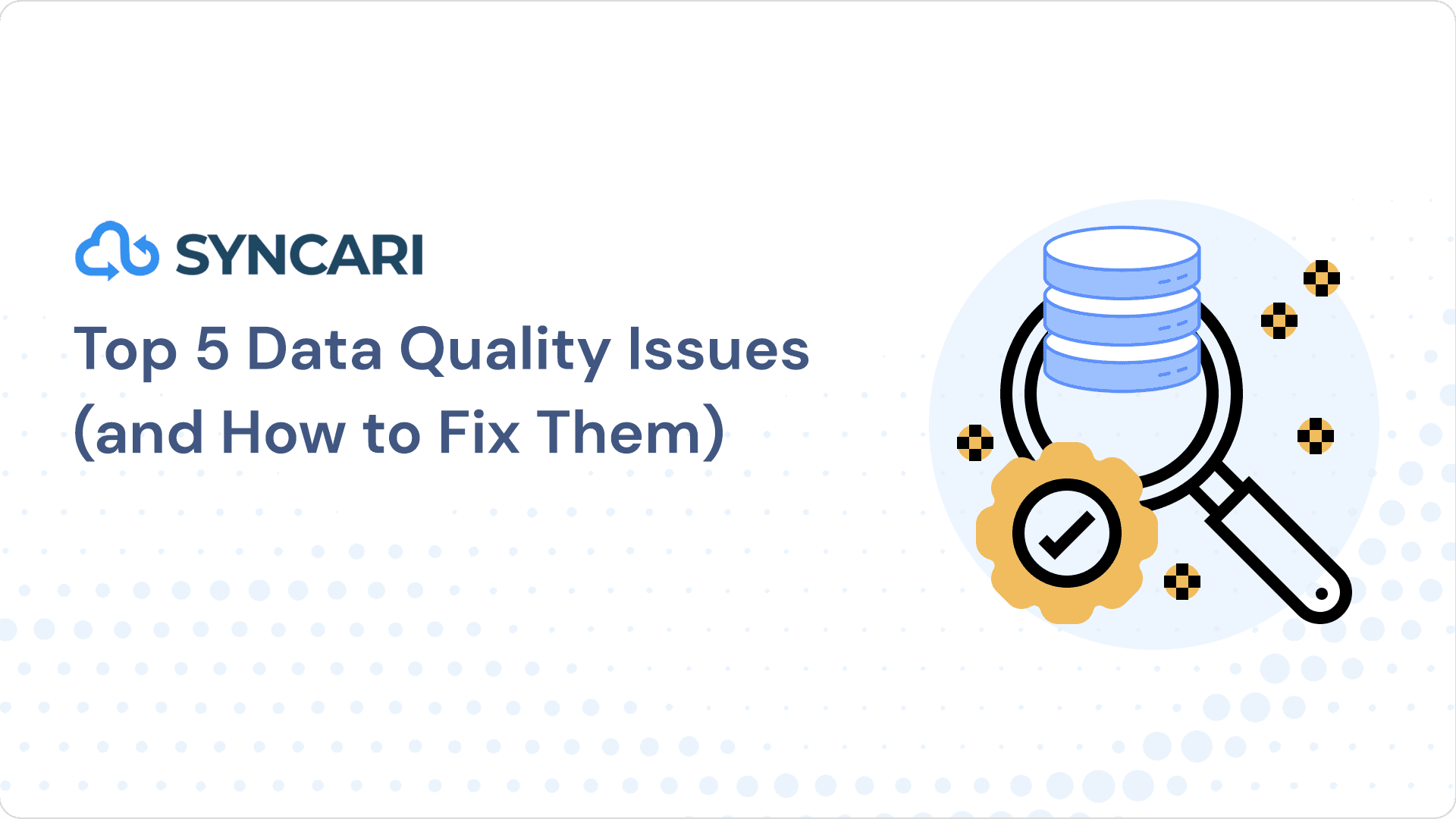As co-founder of CS2, one of Silicon Valley’s top marketing agencies, Cristina Saunders has seen a lot of data ecosystems—from the ultra-sophisticated to the downright chaotic. She has amassed deep wisdom about how to architect a tech stack the right way, and seen what can go wrong when tactical execution comes before having a cogent strategy.
Cristina is also a vocal advocate for women and underrepresented groups in revenue roles. She co-founded Women In Revenue, an organization that empowers current and future women leaders to achieve their full potential. She gets a particular joy out of helping her mentees graduate from simply extinguishing fires to leading data revolutions within their organizations. Cristina believes this is the path not only towards rapid career progression but also elevating the entire discipline.
Want to join Cristina’s revolution to elevate marketing ops? Read on to learn her top advice.
Nick: What are the most common mistakes you’ve seen marketers make with data?
Cristina: There are a few painfully common pitfalls I see marketers fall into. Here are my top four, and how to avoid each.
- Lack of campaign-reporting forethought. I’ll often see marketers who are solely focused on launching campaigns say, “How do I report on this?” And I’ll be thinking, “Well, you didn’t set up any way to actually report on it. So you can’t.” Then we have to finagle a way to work backward. That’s why I always advise clients to think about tracking and measuring success right from day one of campaign-planning.
- People get trigger happy with tools. But tools don’t replace strategy. Often folks try to bring on all the software they used in a past role, but they don’t stop and question whether it’s essential for their business. To prevent clutter, companies should have more rigorous processes that force marketers to pitch a solid business case before buying a tool—including an integration strategy. Since data is such an interconnected ecosystem, one poorly thought out tool can cause errors and override data elsewhere.
- Someone leaves and everything breaks. You can’t expect your team to be with the company forever. If you’re not careful, a lot of the insights they have in their head are going to leave with them. This happens so often, and it can be fatal. Then you’re just left with someone spending loads of time trying to figure things out, or just rebuilding what they built from scratch. As a leader, you need to insist on documenting processes that are living, breathing documents that get updated regularly.
- Complexity creates needless human error. Don’t make your sales and marketing processes so overly complicated that you invite more than a reasonable amount of human error. Getting the right balance between granular data and processes people will actually follow is tricky, but it’s worth experimenting to find the sweet spot.
How do you want to see marketing operations evolve in the next five years?
There are two major changes I want to see, and I am actively working to be part of the evolution.
I want to see more diverse representation in data and leadership roles. Traditionally, women dominate PR, communications, and event/field marketing roles, but are underrepresented in the technical roles and in the C-suite. I see the tides slowly changing, and it means a lot to me to be part of pushing that forward with Women In Revenue.
Beyond that, I want to see marketing operations elevated to a strategic role. The data we provide powers every function of the business. We can get stuck in a more tactical role because we’re just fighting fires and seen as grunt workers, but in reality, every project we touch has major implications for the bottom line. And working with all functions of the business puts us in a unique position to be experts on all facets of the revenue team.

Any advice for MOPs practitioners who want to elevate their role?
Automate your grunt work as much as you can to free up your time for meatier, more strategic problems. A buildup of grunt work usually stems from a lack of control over your systems, which leads to those unforeseen issues popping up every day. That’s why I’m so excited by Syncari and the emerging category of data automation because it lets you act as an air traffic controller. It gives you a bird’s-eye view of your data, and that control center that allows you to make sure there aren’t any crashes, and you can anticipate any potential conflicts from a mile away. Many revenue operations professionals don’t have access to that today, and it’s holding them back.
What should be project number one after freeing up some time?
Take the initiative to sit down with business leaders across the organization. Understand where departmental leaders have problems, what their goals are, and where inefficient processes are causing headaches. Then, advise them on how they can each scale their processes to run more programs or activities that are going to drive pipeline or close deals. Every function is strapped for resources. Marketing operations can be the voice that advises the whole business on how to operate more efficiently.
What do you think is the most overlooked cause of bad data?
Employee turnover is a major one that people rarely consider. I had one case where someone was hired specifically because they knew how to use a specific BI tool for reporting. They built all their reporting into that tool. When that person left, no one knew how to use anything they’d built. So they literally had to rip out that BI tool because it was impossible to find someone to replace them who knew how to use the tool, not to mention all the custom things they built into it. This illustrates an important lesson: it should never be just one person who knows how to pull the reports.
What sets apart exceptional marketing operations practitioners?
The best marketing operations professionals set processes up for scale from day one. If you’re working at a high-growth startup, it’s too easy to think “How can I just tick this off my list and get them the reporting that they need?” But the exceptional hires think holistically and ask themselves, “How can I set myself (and the business) up for success to do this repeatedly?” Trust me, one day, they’ll thank you. Holding yourself to this standard can be incredible for your personal brand, and the reputation you leave behind even after you leave the organization.
What’s your top tip for maintaining high data quality?
Build out an organizational data strategy instead of just a departmental data strategy. If everyone’s coming to the boardroom with different data sets, it causes huge problems for the business. Your team will waste time chasing down the right data, and you run the risk of leaders making bad decisions based on bad data. This is why you have to know where all your data points live and document their relationship to one another. This requires cross-functional cooperation.
What do your most data-minded clients do differently?
From their infancy, the clients with the best data integrity have worked on structure and rigor around their data management strategy. Bad processes compound, and the longer you leave them, the harder they are to fix. For example, one client set up child campaigns to track which referral sources are driving leads to specific offers or pieces of content really early on. After a few months of collecting this data, the insights we derived really helped us hone in on the most effective sources and stop investing time on the least effective ones. Clients who don’t have the foresight to set this up never get to this level of insight.
What do you love most about working with data?
Data gives you the power to act with precision. If you think about it, every single job relies on data. If you go to the doctor, they look at your vital signs and conduct tests before they even think about prescribing treatment. I’m the mother of a beautiful 10-month-old baby girl named Ava, and when she’s crying, I gather as many data points as I can to understand what she’s experiencing so I know how to soothe her. Ultimately, embracing a data-driven approach shows you care deeply not just about getting things done, but about doing the best job humanly possible.
About the author: Nick is a CEO, founder, and author with over 25 years of experience in tech who writes about data ecosystems, SaaS, and product development. He spent nearly seven years as EVP of Product at Marketo and is now CEO and Founder of Syncari.


